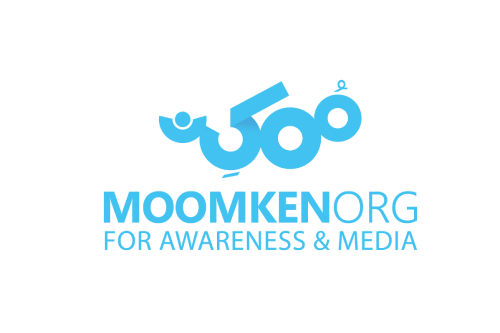Media Campaigns – Introduction & Overview
Introduction
Media campaigns play a vital role in amplifying the voices of communities, spreading awareness, and shaping narratives that inspire change. For our organization, media is not just a tool—it’s a strategic pathway to connect with people, promote civic values, and advocate for youth engagement, peacebuilding, and local development. Whether through storytelling, social media outreach, or visual design, our media efforts aim to reflect the realities of Libyan communities and drive meaningful conversations.
Overview
Over the years, our projects have integrated media components as core elements of outreach and impact. These campaigns have served to highlight success stories, increase public participation, and promote accountability at both the grassroots and institutional levels.
For example, within the “Strengthening Livelihoods and Small Business Creation” project, the “Kikla Bena W Lina” campaign showcased youth-led businesses and local resilience stories, using a mix of short videos, photographs, and narrative content tailored for digital audiences. This campaign helped humanize development efforts and encouraged broader community recognition of entrepreneurship in underserved areas.
Similarly, the Libyan Youth Charter initiative integrated media to amplify youth voices across the country. By organizing nine public dialogue sessions and documenting them through multimedia content, the campaign created visibility for young people’s ideas and built momentum around national youth priorities.
In the Administrative Communication Committees (ACC) project, media supported the creation of a communication platform between municipal councils and citizens. Content from these efforts helped foster transparency and public trust, bridging gaps between local authorities and the communities they serve.
Across all these examples, our approach to media is grounded in:
- Localization: Centering voices from the communities we work in.
- Engagement: Creating content that invites dialogue and participation.
- Impact storytelling: Highlighting real outcomes and lived experiences.
- Partnership: Collaborating with civil society, youth, and public institutions to co-create meaningful narratives.
Media campaigns in our projects are not side efforts—they are central to how we educate, empower, and engage. They help bring visibility to underrepresented voices, shift public discourse, and ultimately contribute to building a more inclusive and informed society

